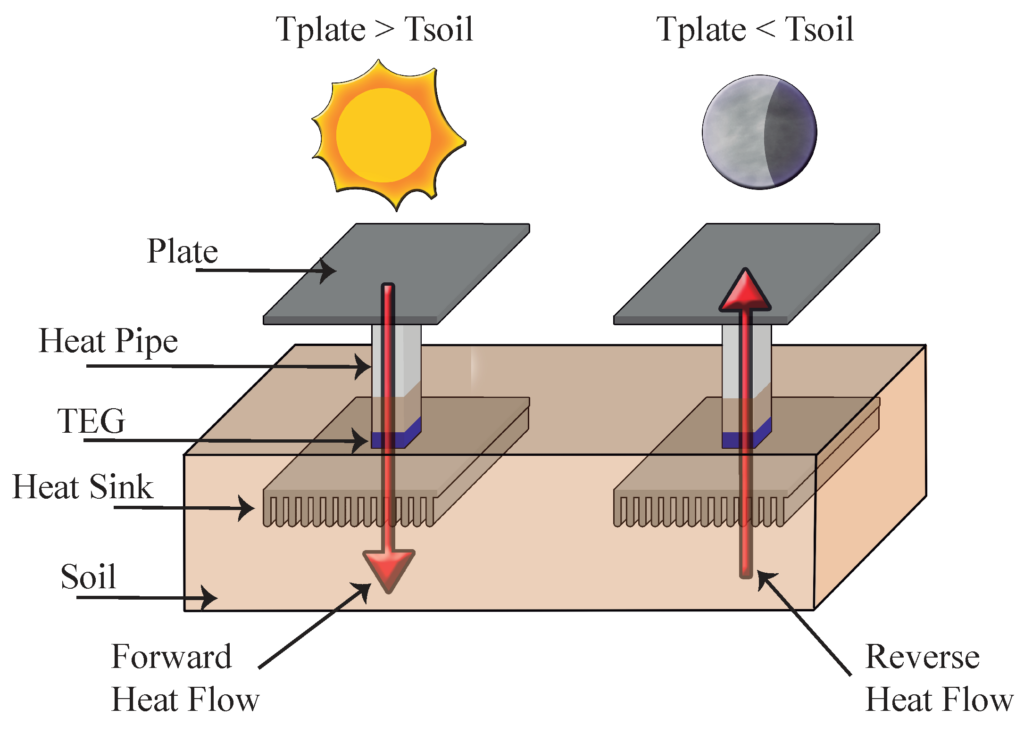Clean, sustainable energy sources are needed more than ever now. Scientists and engineers are working hard to find new energy sources as we exhaust non-renewable resources and deal with climate change. Thermoelectric energy harvesting might change electricity generation and use.
The Seebeck effect happens when a material’s temperature differential causes electrons to flow from hot to cold, creating an electric voltage. Electronic gadgets and batteries can use this voltage. Thermoelectric materials—metals, semiconductors, and organic compounds—exhibit the Seebeck effect.
ZT, the thermoelectric figure of merit, determines a material’s efficiency. The material’s electrical conductivity, thermal conductivity, and Seebeck coefficient determine its dimensionless ZT value.
A substance with a high ZT converts thermal energy into electrical energy efficiently. Researchers have made progress in producing materials with high ZT values, enabling more efficient thermoelectric energy harvesting systems.

A Comprehensive Analysis of the Science and Applications
Several businesses use thermoelectric energy harvesting. Waste heat recovery is promising. Waste heat from industrial activities usually goes into the environment. Thermoelectric materials may transform waste heat into power, boosting energy efficiency.
Thermoelectric energy harvesting has enormous promise in distant and off-grid power generation. Thermoelectric generators can convert temperature differences from geothermal or solar thermal systems into energy in distant areas without power grid access. Remote settlements, research stations, and military bases can get steady electricity from this.
Automakers use thermoelectric energy harvesting. Thermoelectric materials in car exhaust systems may turn engine waste heat into energy. This electricity may power the vehicle’s electrical systems, decreasing engine load and fuel efficiency.
Thermoelectric energy harvesting has several benefits, but it must be improved before it is widely used. The high cost of thermoelectric materials makes thermoelectric devices unaffordable for various applications. Thermoelectric materials are less efficient than photovoltaics.
As a clean, renewable energy source, thermoelectric energy harvesting seems promising. As researchers discover novel materials with greater ZT values and solve obstacles, this technology will be used more and more. Thermoelectric energy harvesting can help us create a greener, more energy-efficient future.
